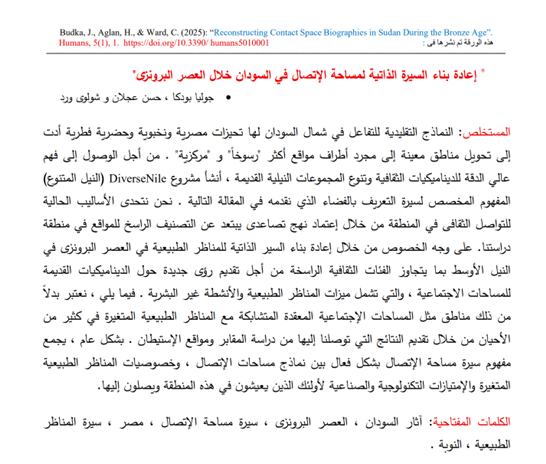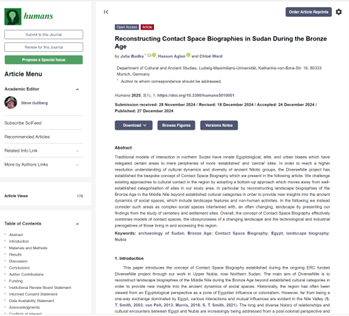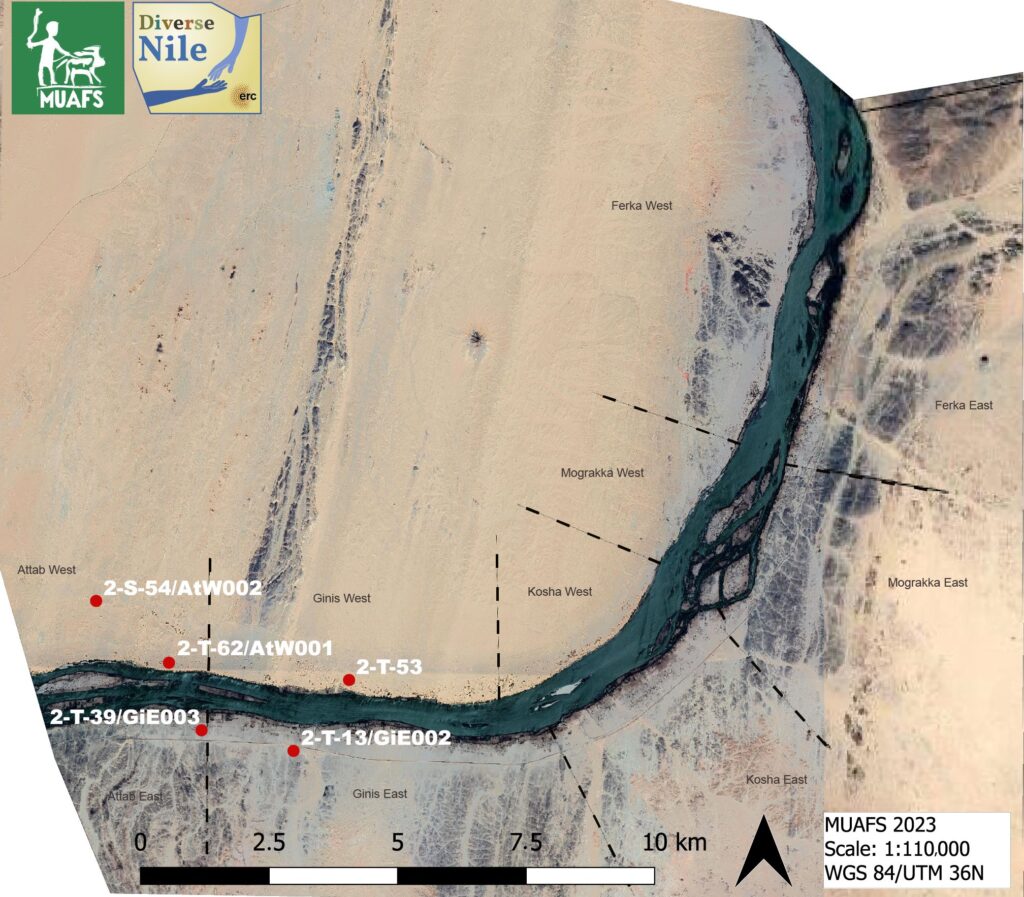I am delighted to announce the first translation of a DiverseNile article into Arabic. Our dear friend and colleague, Elhassan Ahmed, translated the recent article entitled ‚Reconstructing Contact Space Biographies‘. You can find the full article here.

To kill two birds with one stone – making important texts more accessible to Arabic-speaking colleagues, but also alleviating the financial hardship of at least some Sudanese colleagues – the Sudan Cultural Emergency and Relief Fund (SCERF) of the International Society for Nubian Studies has launched a translation initiative. All articles translated to date can be found here: https://nubianstudies.org/maqalat/
I would like to express my sincere gratitude to the Collegium Aegyptium for their considerable financial support, which has made the translation of our article a reality.


